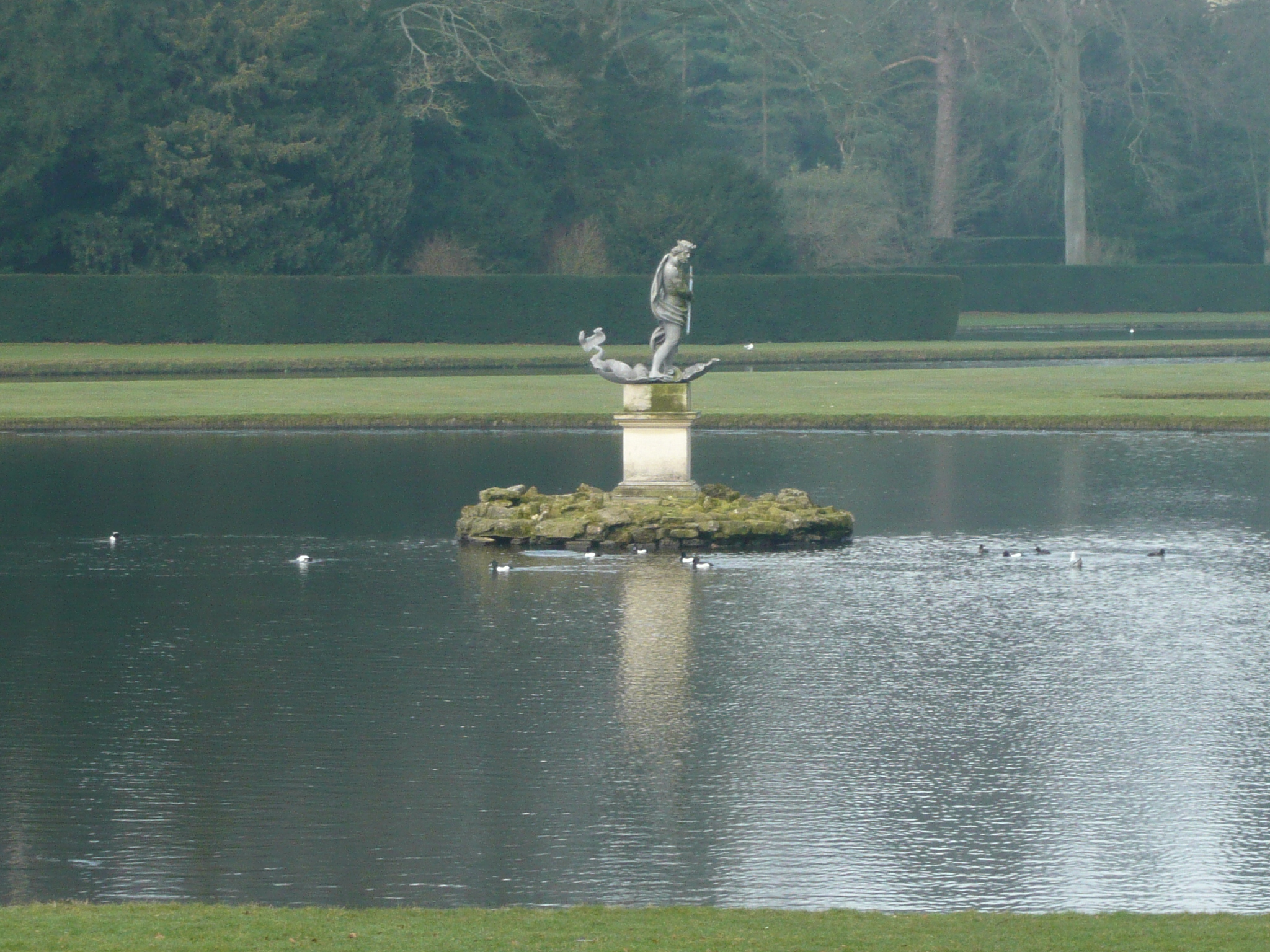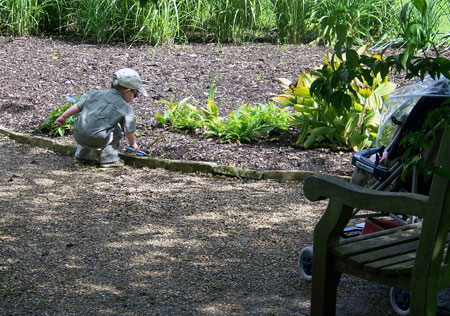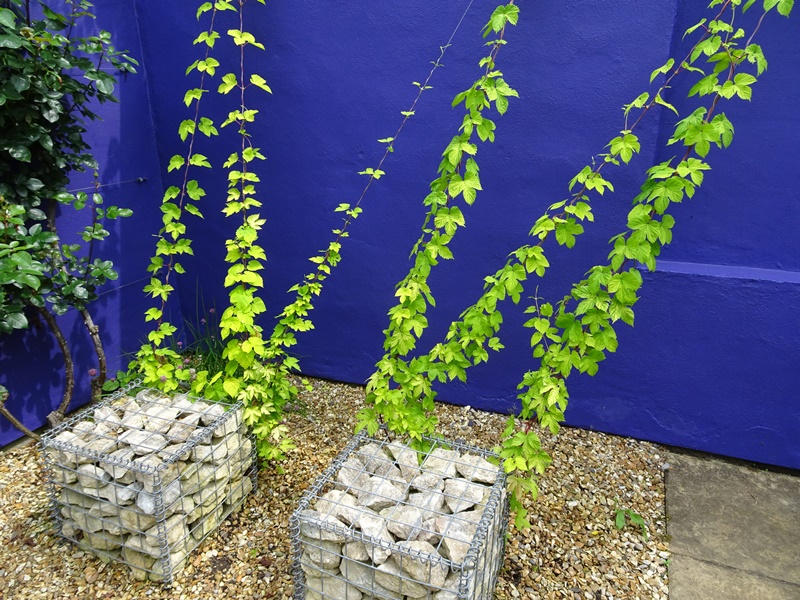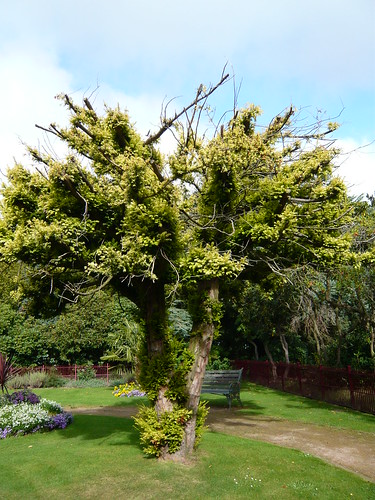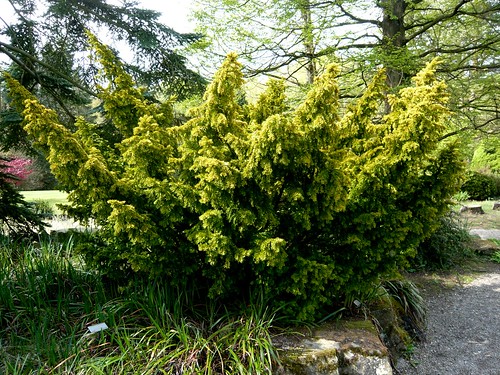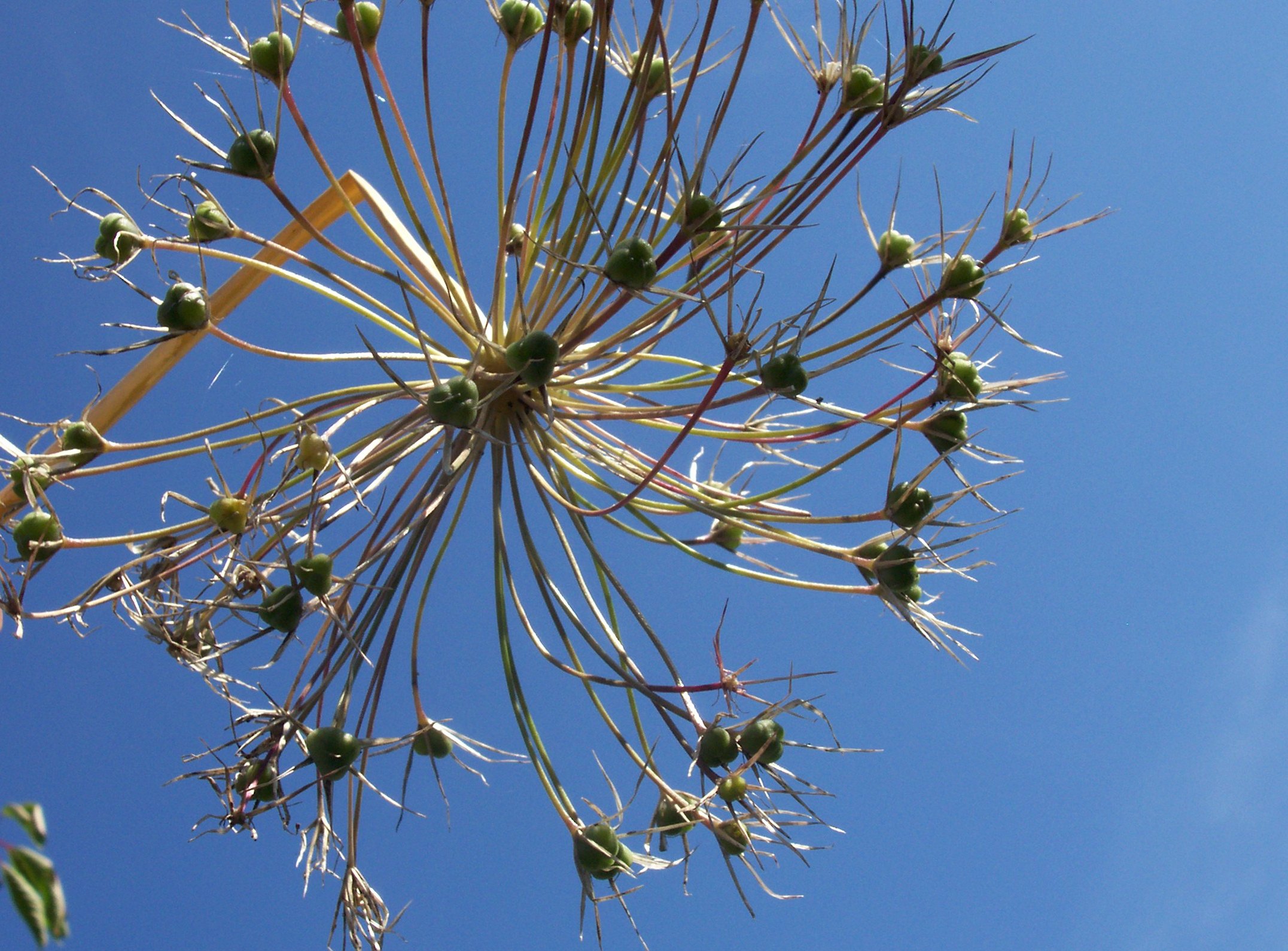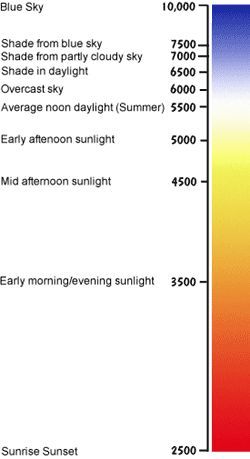Garden Seats to view Cyclamen
The 18th century Union Jack Gardens at Wentworth Castle were originally called the ‘wilderness’. It was dense with shapes, texture and contrasts of shade and light. Now it may be a suitable place to take a seat in the garden and see the original Yew trees and the variegated ‘creamed’ Hollies.

Wentworth Castle starts with an invitation to take a seat while you admire the unusual grounds. The seats are unusual too!
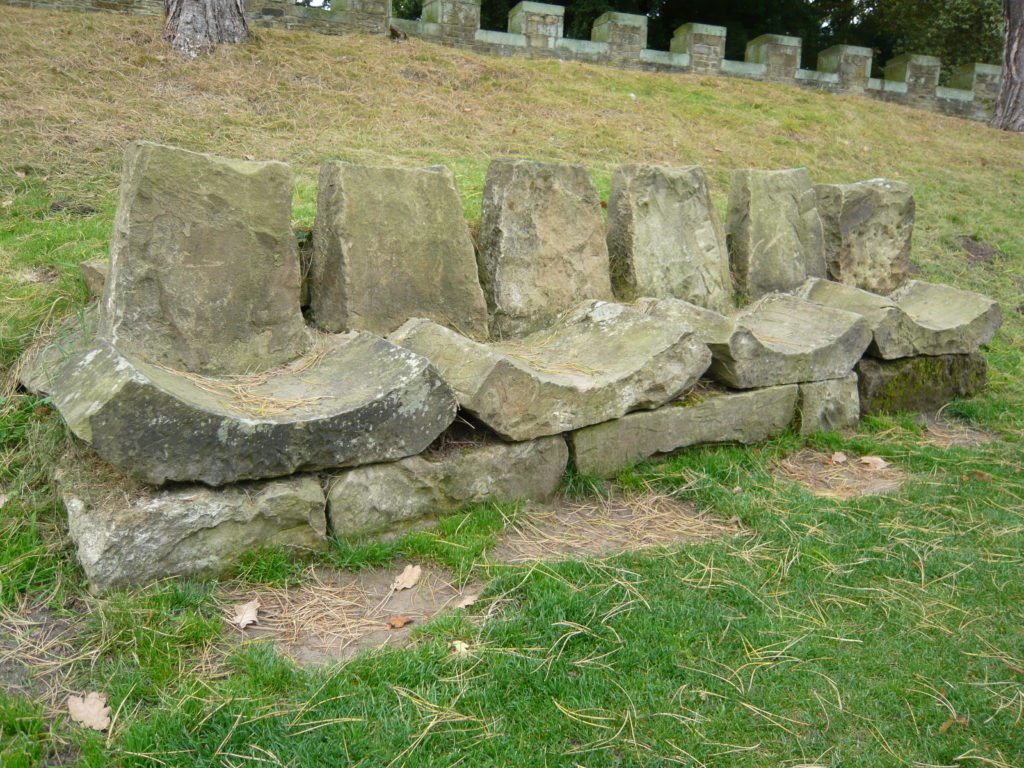
The living plants are less unusual but in the stumpery there are shaped tree roots riven from the soil and replanted upside down. This fails to affect the well mulched cyclamen growing from what must be substantial corms.
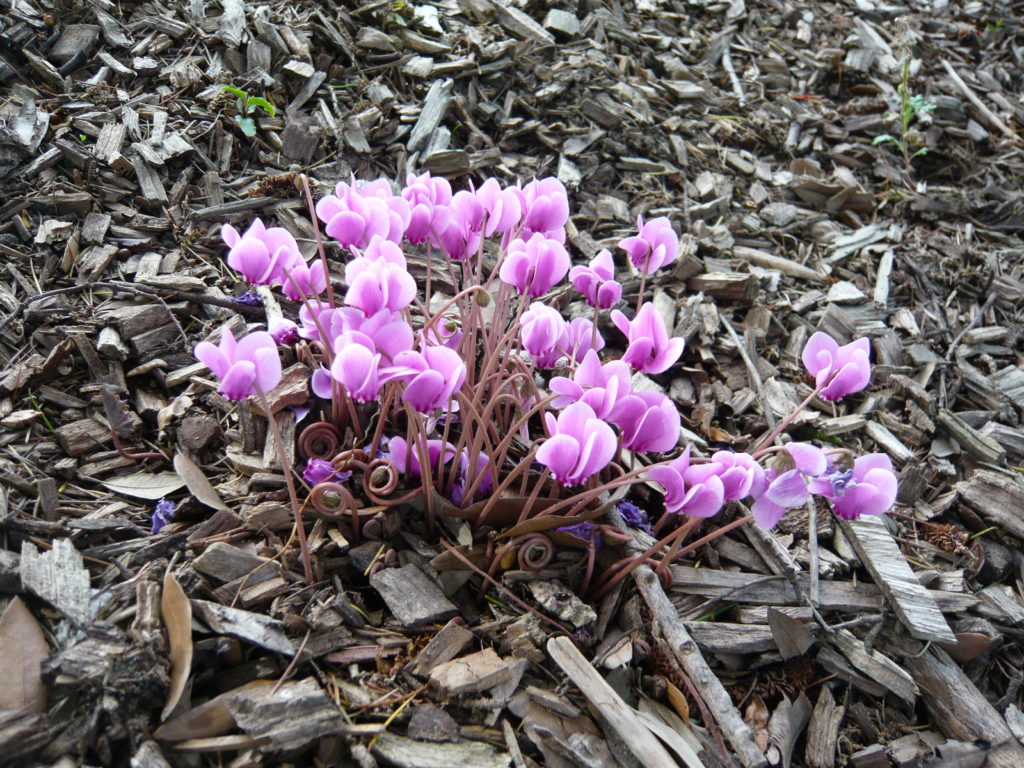
Gardeners can be a hardy lot but you need a hard bottom for this type of seating.
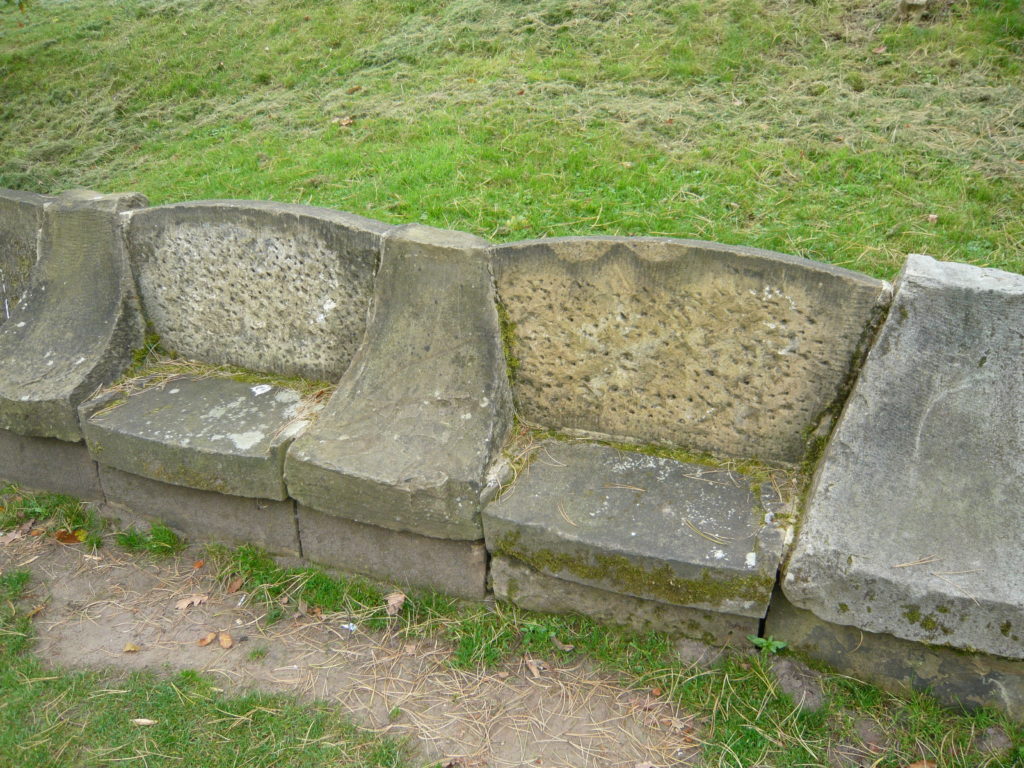
More traditional cast iron seat. Why do we paint them and other garden items in Wedgewood Blue?

Cyclamen mulch is made from coarse wood and bark chippings
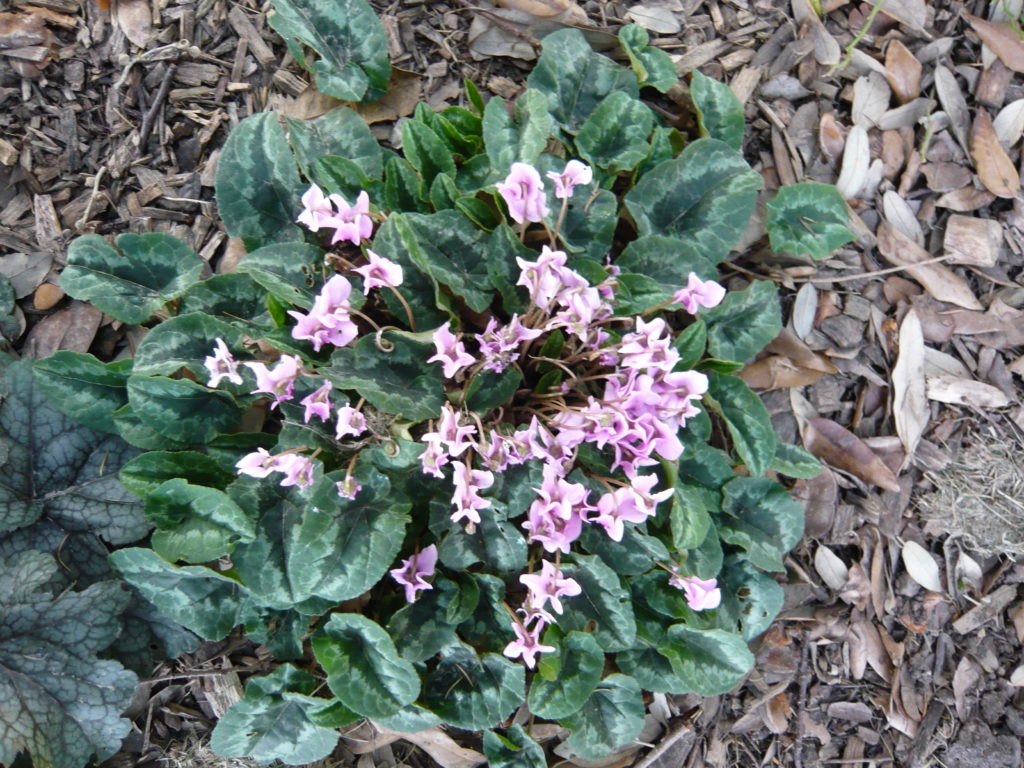
In the last year the renovated garden originally designed in 1707 was forced to close. The Yorkshire Post reports ‘Talks are underway to secure the future of the only Grade I-listed landscape in South Yorkshire, which is said to be “nationally significant†for its extensive monuments including some of the earliest follies in the country. In an irony which would not have been lost on its founder Thomas Wentworth, who only built the estate due to a bitter dispute over the inheritance of the family seat at Wentworth Woodhouse …’ Sadly there has been no progress and I have to rely on my old photographs.
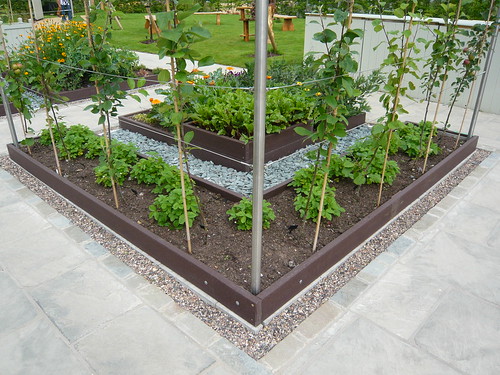
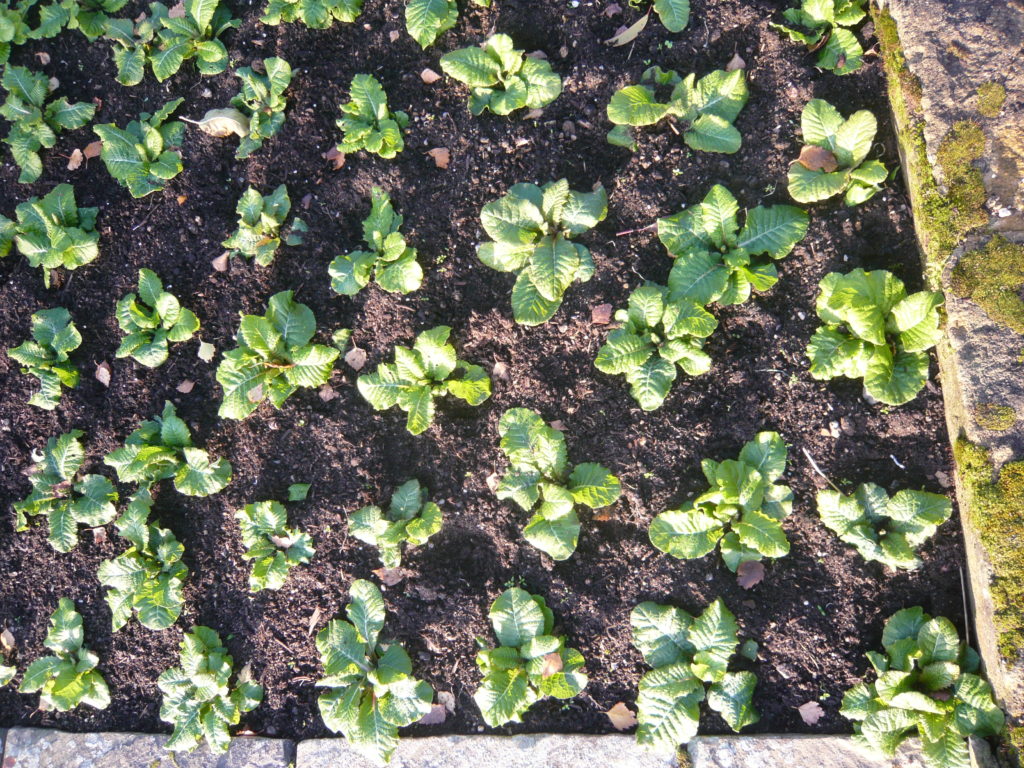

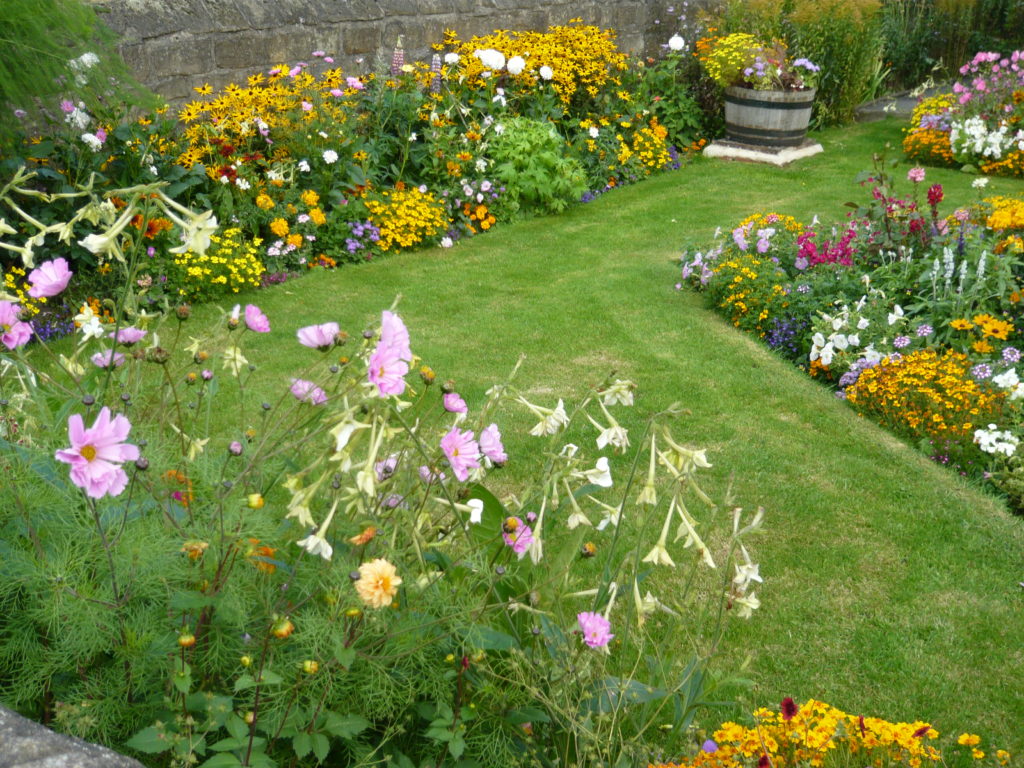
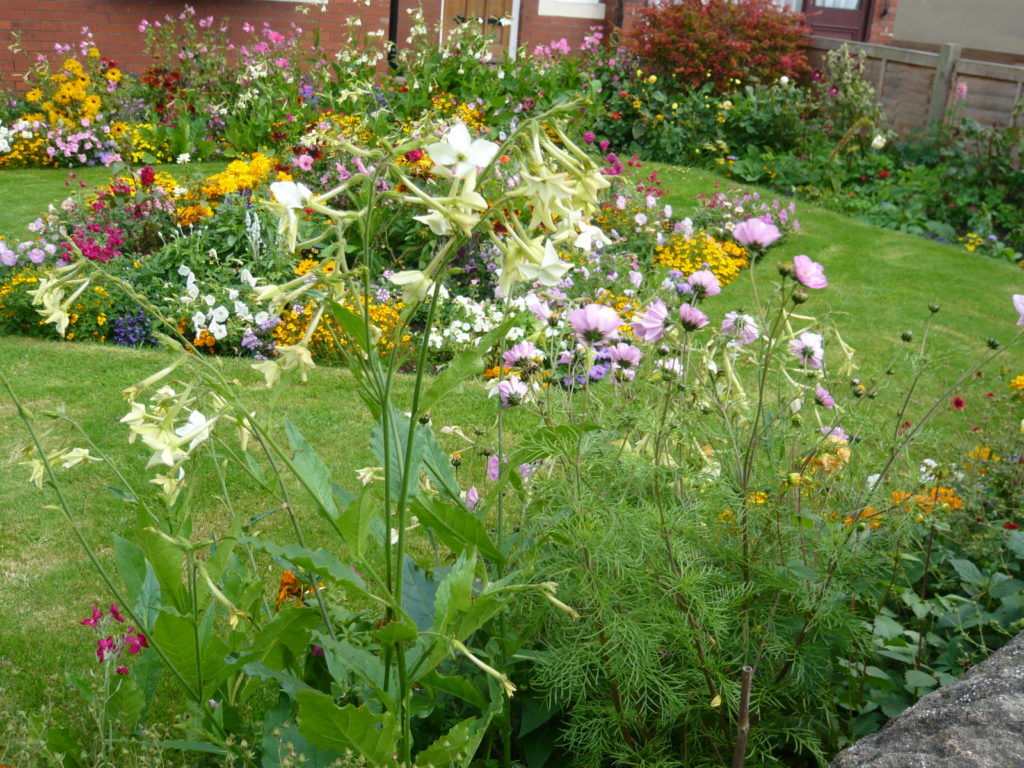
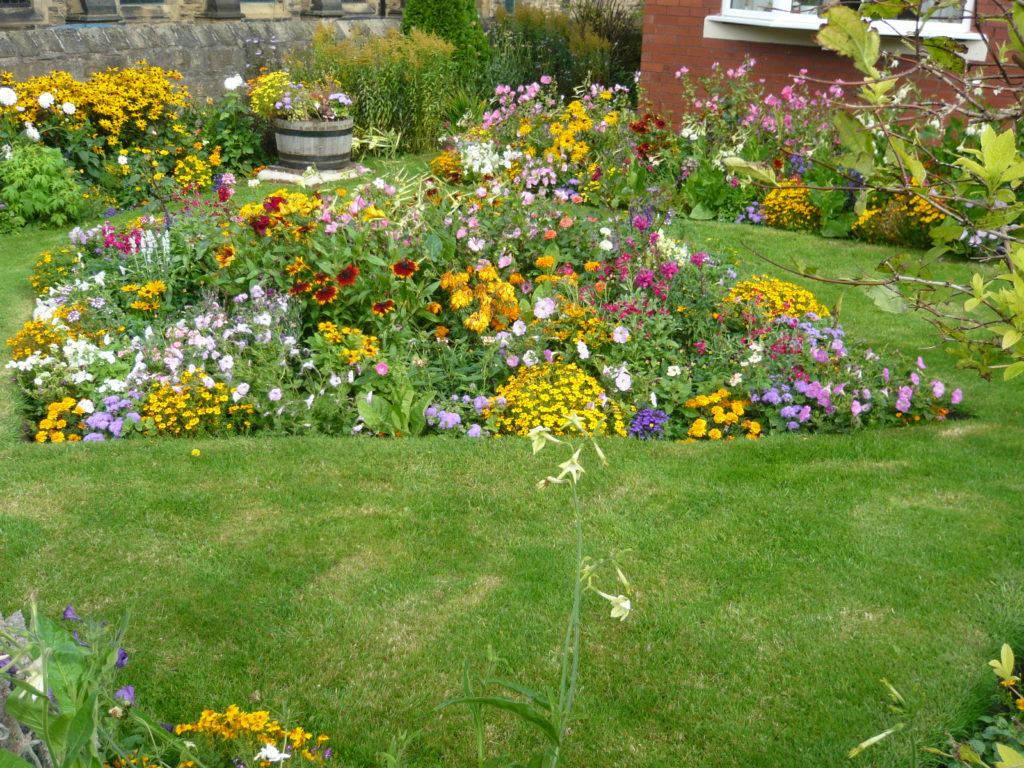
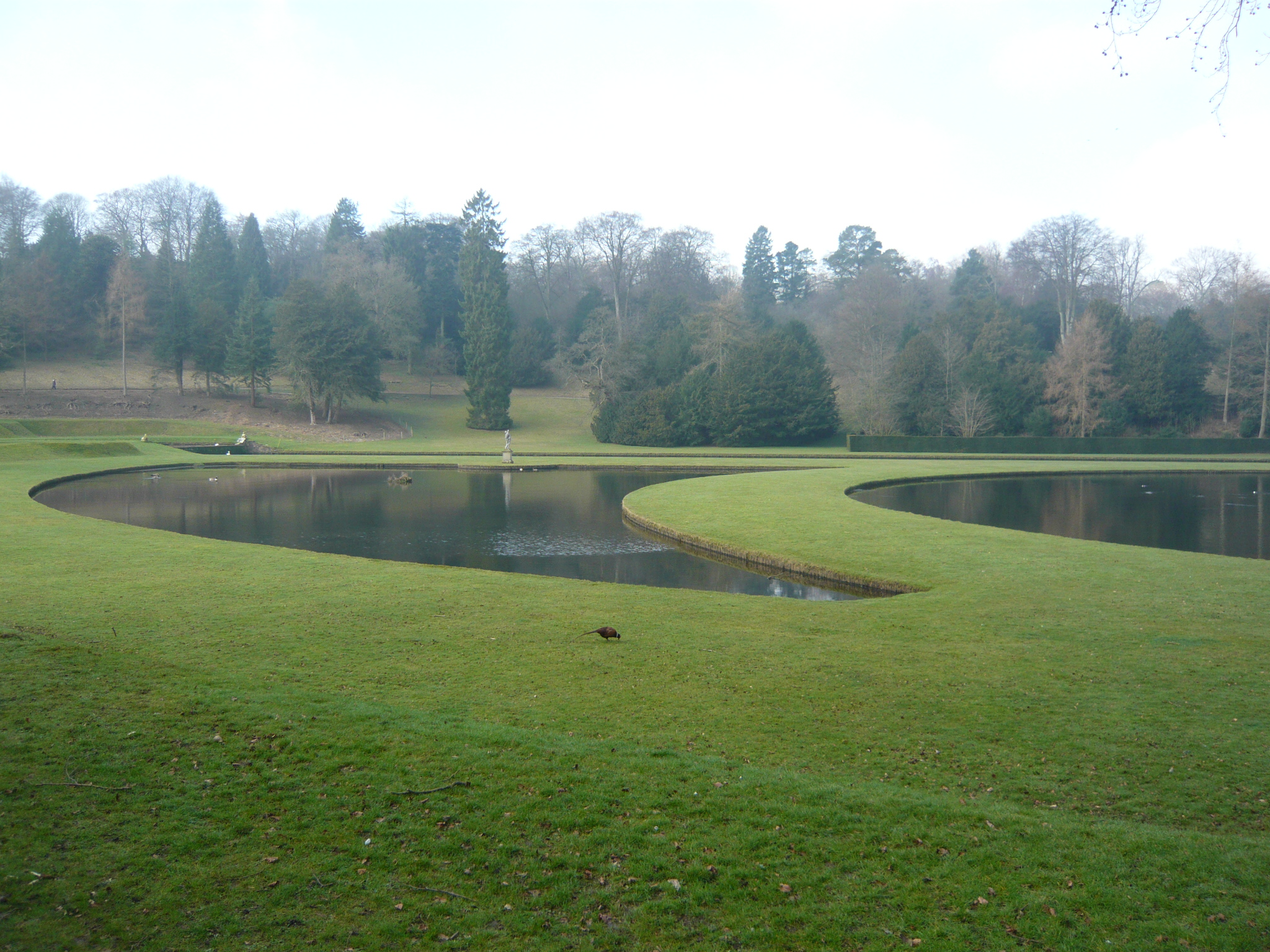
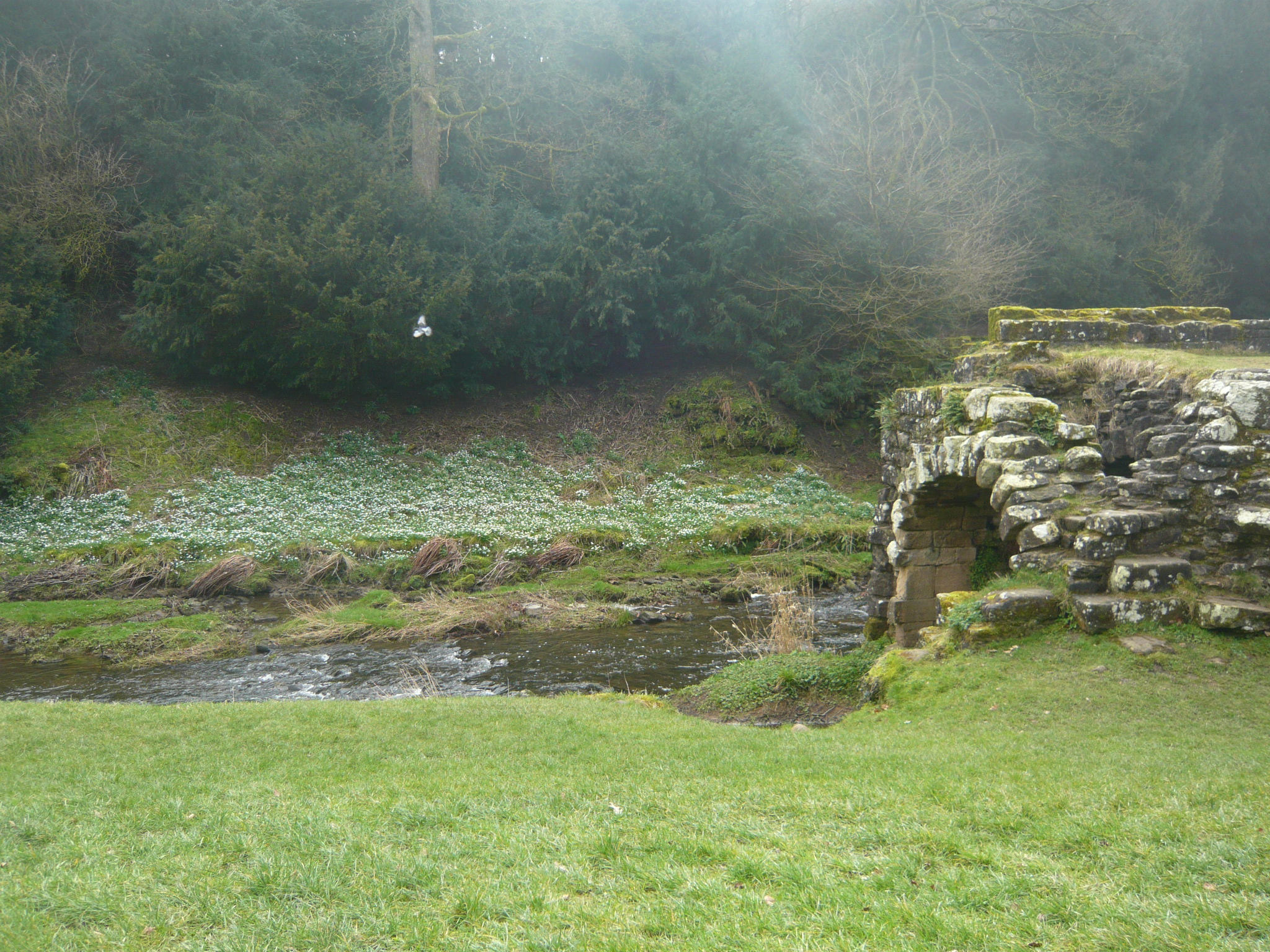 Probably a bridge over a thousand years old at Fountains Abbey Nr Ripon. The Snowdrops set off another far older water feature with a bridge that was destroyed in the reformation in the 16th century. The snowdrops are probably related to the first known cultivation in 1597.
Probably a bridge over a thousand years old at Fountains Abbey Nr Ripon. The Snowdrops set off another far older water feature with a bridge that was destroyed in the reformation in the 16th century. The snowdrops are probably related to the first known cultivation in 1597.